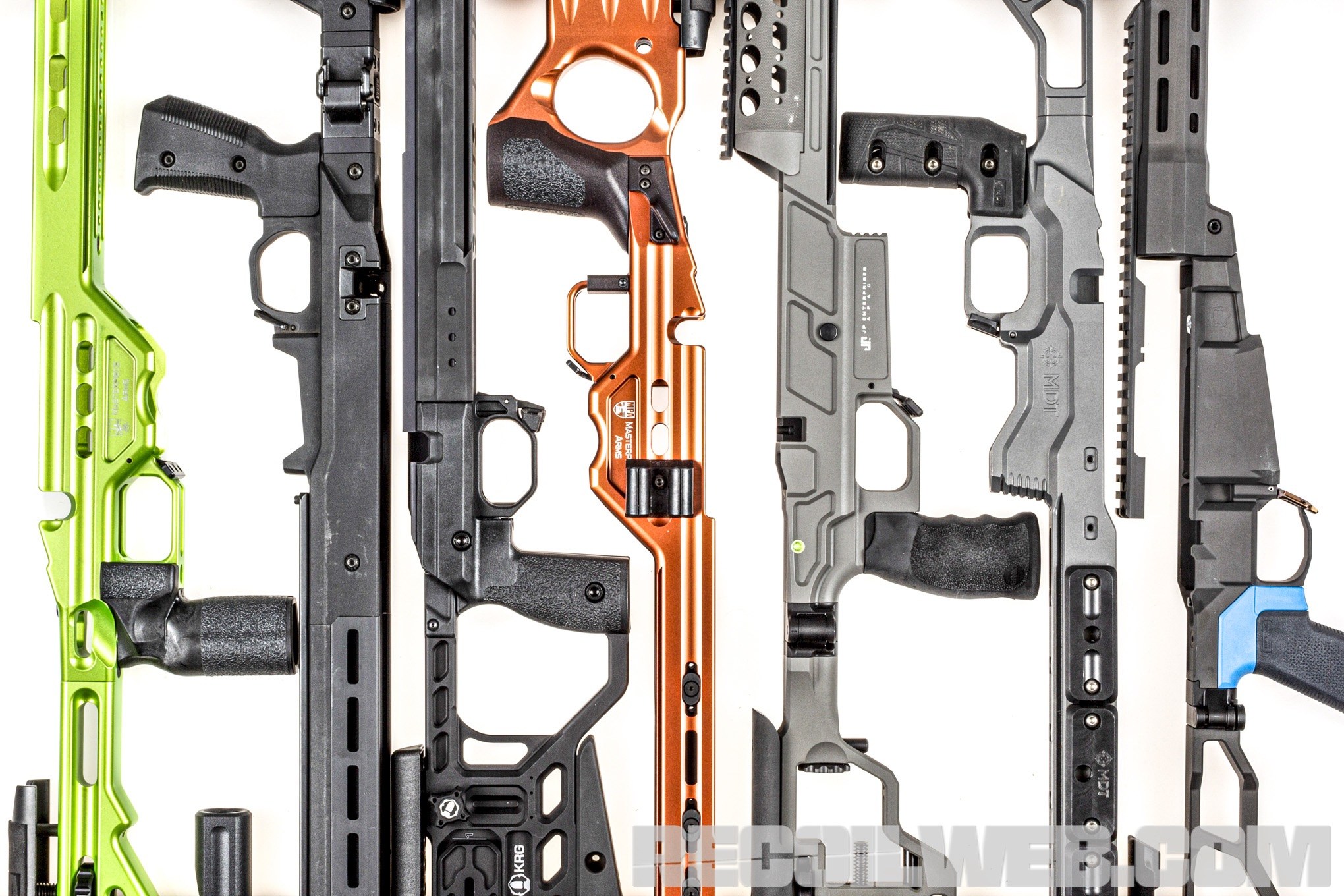This comes up every so often and is always semi-misunderstood. It's never usually as simple as "you should never have to bed a chassis" or "you have to bed everything no matter what." The answer is always somewhere in between.
Chassis are made as universal fits and by default will not fit every action perfectly.....no matter what people want to believe. You can easily find owners of chassis manufacturers like Phil Cashin on record admitting that sometimes bedding is needed for their chassis. The easiest way to check is to either use something like dykem above or you can bolt your rifle together and give it some smacks with rubber or dead blow hammer (nothing crazy, just simulate banging into props or sliding around in back seat or bag) and check for any zero shifts. If you get shifts with things torqued down, you might need to bed the chassis. If you don't, then you don't.
Then there's also the amount of precision you're looking for. For example, Jim Borden still takes material off scope rings and beds every scope. But he's building rifles for a different crowd than most here.
Lastly, as far as your smith. He could be trying to line his pocket or he could just be the type that only lets rifles leave his shop that have had everything he can possibly do to make sure they shoot well. Everyone above is piling on, but need to look at it from the other side as well. Let's say for whatever reason that chassis does need bedding with your action. When it doesn't shoot well, who's getting blamed for it? More than likely the smith. One of the last things people will even begin to think about being the problem is the chassis. So his chamber job and other such will be called into question.
We personally don't insist on bedding a chassis. We will just explain to a customer they likely don't need to unless they want to go the extra distance, but sometimes bedding is the correct path. And then we take it from there.
Here's a decent video of the smith side of the coin:




